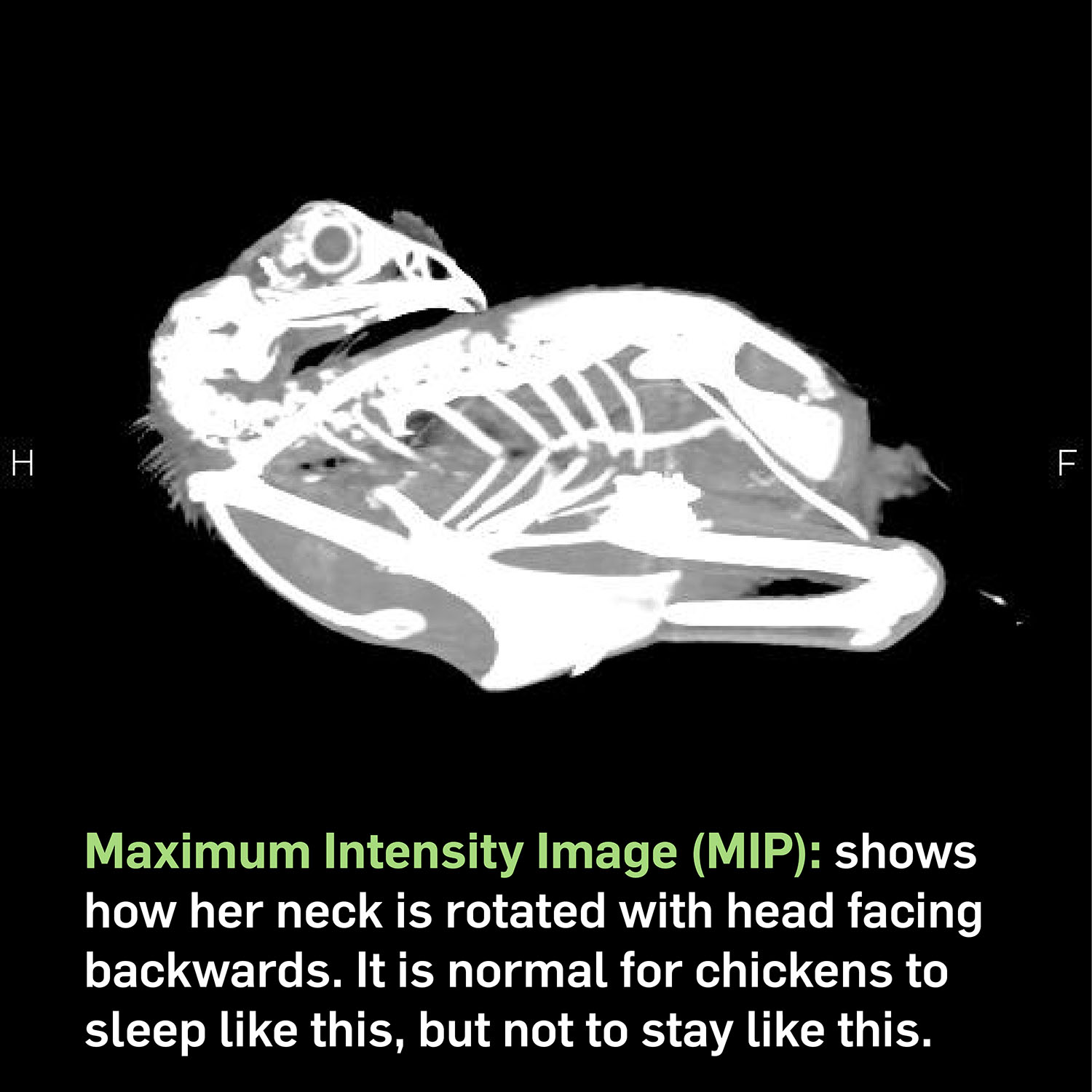The Importance of Computed Tomography (CT) for Exotic Animal Medicine
Written by Michael Corcoran, DVM, DABVP (R/A), CertAqV
The Exotic Animal Department located at Bulger now has on-site access to CT imaging. This is a valuable diagnostic tool for any department, but there are definitely unique challenges with many exotic animals that are greatly helped with this technology. Many cases benefit by going to CT instead of, or ahead of, radiographs. instead of or ahead of radiographs. With smaller fields to study and frequent ability to use sedation rather than anesthesia, it can often be more cost effective than with other small animals.
In exotic companion mammals, one of the most useful areas is evaluation of the sinuses and nasal cavity. With more frequent use of CT and rhinoscopy, we are discovering that the chronic respiratory infections have a variety of underlying causes. In rabbits, we should not be thinking of “sniffles” any more. These tools together can mean a cure rather than life-long management. CT also has tremendous value for severe dental disease, metastasis checks and almost anything you would use for canine or feline patients.

For birds, digital radiography gives good skeletal imaging and a good outline of organs, but the lack of visceral body fat can make it difficult to identify the cause of organomegaly. Free fluid will also obscure the organs. Ultrasound can often be challenging due to the size of the keel. CT can frequently be done using standing sedation. This helps with obtaining great 3D images for diagnostics and surgical planning. Sometimes this planning can allow for minimally invasive procedures using endoscopic assisted techniques to avoid a full coeliotomy.
Reptiles also lack visceral fat that help differentiate organs, saccular lungs that hide disease and shells (for turtles and tortoises). In addition, the lack of a diaphragm causes problems with overlap of lungs and viscera. CT can overcome all of these obstacles. Studies have proven that CT is the ideal tool for diagnosing pneumonia in turtles and tortoises, with a very low sensitivity found in radiography (even horizontal beam). Most reptiles can be scanned with minimal or no sedation, depending on the area studied and the species.
If you have any cases that you think may benefit from CT imaging, or questions regarding CT for exotics in general or with specific cases, please feel free to contact us at 978-682-9905.